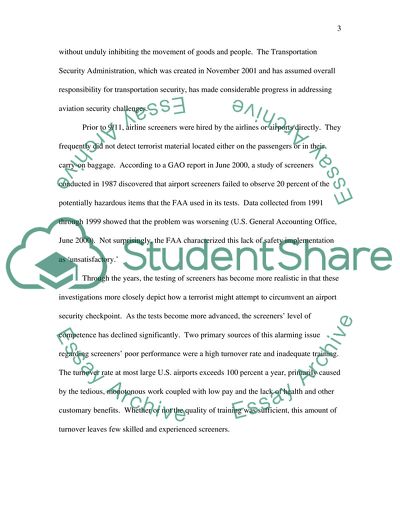Cite this document
(The Role of Government in Safety Policy for Airports since the Attacks Term Paper, n.d.)
The Role of Government in Safety Policy for Airports since the Attacks Term Paper. Retrieved from https://studentshare.org/politics/1537226-the-role-of-government-in-safety-policy-for-airpotrs-since-the-attacks-of-september-112001
The Role of Government in Safety Policy for Airports since the Attacks Term Paper. Retrieved from https://studentshare.org/politics/1537226-the-role-of-government-in-safety-policy-for-airpotrs-since-the-attacks-of-september-112001
(The Role of Government in Safety Policy for Airports since the Attacks Term Paper)
The Role of Government in Safety Policy for Airports since the Attacks Term Paper. https://studentshare.org/politics/1537226-the-role-of-government-in-safety-policy-for-airpotrs-since-the-attacks-of-september-112001.
The Role of Government in Safety Policy for Airports since the Attacks Term Paper. https://studentshare.org/politics/1537226-the-role-of-government-in-safety-policy-for-airpotrs-since-the-attacks-of-september-112001.
“The Role of Government in Safety Policy for Airports since the Attacks Term Paper”, n.d. https://studentshare.org/politics/1537226-the-role-of-government-in-safety-policy-for-airpotrs-since-the-attacks-of-september-112001.


